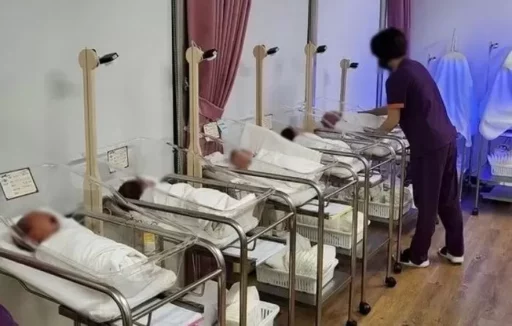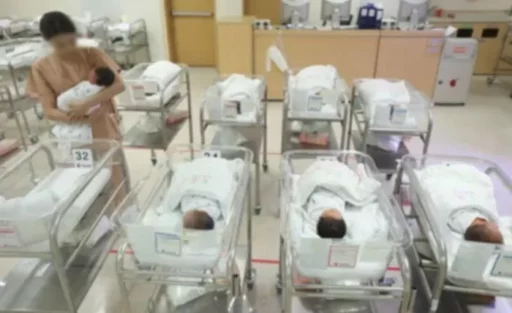Responding to the Era of Low Birth Rates: Price Increases in Related Industries such as Postnatal Care Centers
Industries affected by low birth rates, such as postnatal care centers, are reportedly responding by increasing prices in the face of market contraction.
According to a report titled 'Monitoring Small Business Sectors in Response to Changes in Consumer Environment' released by Hana Bank's Hana Financial Research Institute on the 23rd, related sectors are showing a trend of raising prices to compensate for declining revenues due to decreasing birth rates.

Hana Financial Research Institute analyzed data from Hana Card's credit and debit card payments from 2019 to 2025 to confirm this trend.
In the case of postnatal care centers, the number of affiliated stores decreased at an average annual rate of 4.0% from 2022 to 2024, while the average approval amount per transaction increased by 23.6% annually. This indicates that companies are adopting a strategy of price increases to maintain profits in response to dwindling demand.
Similar patterns have also been observed in other sectors related to low birth rates, such as pediatrics, children's clothing stores, and exam preparation academies. Notably, price increases are prominent in essential service sectors like healthcare and education.

The Vicious Cycle of Low Birth Rates and the Growth of the Care Economy
Hana Financial Research Institute warned that this phenomenon could lead to a vicious cycle.
The analysis indicates that market contraction and price increases may lead to a reduction in businesses, further price hikes, decreased accessibility to stores, increased parenting costs, and greater childcare burdens, ultimately forming a cyclical structure that perpetuates low birth rates.

Materials for understanding the article / tvN 'Postnatal Care Center'
On the other hand, in the context of low birth rates and an aging population, the 'care' related market is rather expanding.
There is a trend of increasing businesses in sectors such as pharmacies, veterinary clinics, psychiatric hospitals, and nursing homes.
According to Statistics Korea, the number of nursing homes in the country increased by 23.6% from approximately 5,500 in 2019 to 6,800 in 2023, while the number of veterinary clinics grew by 21.6%, from 3,700 to 4,500 during the same period.
Hana Financial Research Institute explained, "With the rise of single-person households and dual-income families, it has become insufficient to resolve 'care' solely within households," adding that "activities that were traditionally conducted at home, such as childcare, elder care, pet care, and self-care, are transitioning into economic activities, leading to the expansion of the care economy."
Changes in Consumer Characteristics by Generation and Market Impact
Meanwhile, the characteristics of consumer spending by generation are also influencing the small business market in various ways.
For those in their 50s, the aging population's impact on childbirth has significantly increased the revenue share in exam academies, rising from 18.7% in 2019 to 26.9% in 2024.
Additionally, with the growing demand for reemployment after retirement, the revenue share of training and vocational institutes for those in their 50s increased from 26.5% in 2019 to 32.6% in 2024.
Interest in leisure and self-care has also risen, with the revenue share of skin and body care clinics for those in their 50s increasing from 17.6% in 2019 to 22.0% in 2024, and travel agencies rising from 21.8% in 2022 to 25.5% in 2024.
Conversely, spending by the trend-sensitive 20-somethings has invigorated the small business market, but a rapid decline in market conditions was observed when trends faded.
In the past, the revenue share of photo booths and karaoke rooms increased among those in their 20s; however, as their share decreased, growth in photography studios slowed from 2022, and karaoke rooms shifted to a decline again in 2024.
Image source: Materials for understanding the article / News1, Materials for understanding the article / tvN 'Postnatal Care Center'


